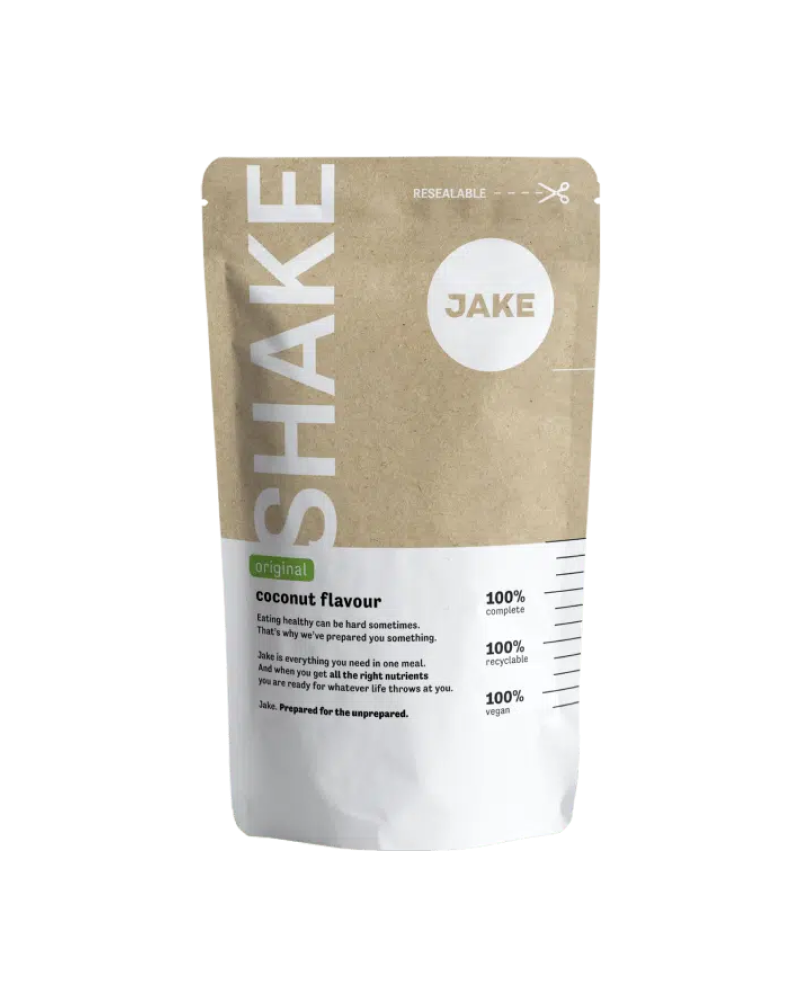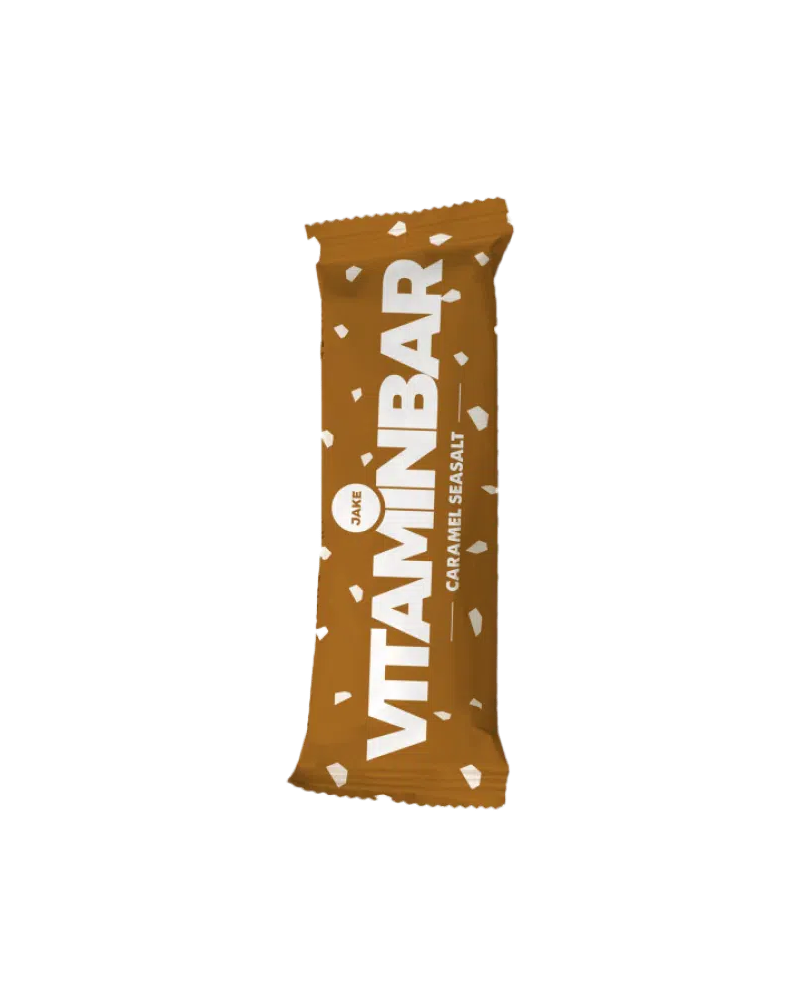5-minute read•July 13th, 2018
Sodium may not be well-known as such, but it’s very well-known as being one of the two components of our beloved table salt, ‘sodium chloride’. Table salt has long been appreciated for its role in human metabolism. In fact, Roman soldiers were even partially paid in wafers of salt, referred to as ‘salarium’. That’s exactly where the modern word ‘salary’ derives from. Although you probably don’t get much salt for your service these days, it’s as important as ever. Let’s have a closer look at sodium.

Short on time?
Best known for: Controlling blood pressure, keeping your muscles and heart healthy.
Good sources: Table salt, as well as most processed foods that are marinated, pickled, smoked or breaded.
Recommended dietary allowance (RDA): 2.3 g/day or less.
Good to know: Substances like sodium bicarbonate and MSG, monosodium glutamate, don’t make food taste salty, but do increase its sodium content.
Sodium in Jake:
Jake Light and Original: 0.52-0.8g
Jake Sports: 0.52-0.84g
Vitaminbars: 0.36g
What is sodium?
Sodium is one of the major minerals in your body and an essential component of a healthy diet. Around 85% of the sodium in your body is found in your blood and lymph fluidThe lymph is a fluid consisting of white blood cells, which attack bacteria and fight infection..
Health benefits of sodium
Sodium maintains the balance of water and minerals in the body. It’s also important for muscle function and blood pressure control.
The key functions of sodium are:
- Blood pressure control: Sodium attracts water and helps maintain the fluid balance in your cells and your bloodstream. The amount of fluids circulating in your bloodstream is directly related to your blood pressure.
How much sodium do you need?
There is no official recommended intake for sodium by the European Food Safety Authority (EFSA). Recommendations from other institutions, like the FDA, are to keep sodium consumption under 2.3 g per day.
Understanding how much sodium you are consuming can be less straightforward than you think. According to EU regulationsSource: Official Journal of the European Union, sodium content must be indicated as salt content on food packaging. You can get from the labelling information to the sodium amount in your food, using the following calculation: sodium = salt/2.5. For example, Jake Light contains 2 g of salt per package, which is equal to 2/2.5 = 0.8 g of sodium.
In this labelling system, salt only serves as an indication of the sodium content in food. Chloride, which is the other ingredient of what we call salt or ‘table salt’, is labelled separately on food packaging.
Substances such as sodium bicarbonate and MSG, monosodium glutamate, can also add to the sodium content of food, although they usually don’t contribute to a salty taste.
Sodium in foods
Sodium is present in a variety of foods and in most developed countries it’s relatively easy to consume more than your body needs. The most abundant sources of sodium in modern diets are processed foods. Usually, if a label reads ‘marinated’, ‘pickled’, ‘smoked’ or ‘breaded’, you can take that as a warning sign for added salt and high sodium content.
The best sources of sodium are:
| Food | RDA (%)* | Sodium (mg) |
|---|---|---|
| Table salt (6 g) | 101% | 2325 |
| Pickles (65 g) | 34% | 785 |
| Pumpkin seeds, roasted and salted (28 g) | 31% | 711 |
| Soy sauce (6 g) | 18% | 409 |
| Bacon, cooked (8 g) | 7% | 175 |
* Based on the recommended dietary allowance (RDA) established by the FDA (2.3 g/day)
What if you’re not getting enough sodium?
It’s very unlikely that you’re deficient of sodium. Especially in developed countries, the chances are higher that you consume too much of it. However, sodium deficiency can result from conditions such as dehydration.
Symptoms of sodium deficiency include weakness, muscle cramps, headache and nausea.
How much sodium is too much?
Overconsumption of sodium is a big health risk in developed countries. In the EU, sodium consumption ranges from 2.8-7.2 g per day (=121-313% the RDA). In the US, salt overconsumption affects 89% of adults and over 90% of children.Source: Morbidity and Mortality Weekly Report
Potassium is a mineral that can help flush out excessive sodium from the body. A high-sodium diet can be balanced to some extent with an increased potassium intakeSource: Harvard Heart Letter – for example, by including more fresh fruits in your diet. However, increased potassium intake might not be a solution for everyone and is not as effective alone as it is in combination with lowering your sodium intake.
There is currently insufficient data to establish a tolerable upper intake level (UL) for sodium. However, some organisations, like the US FDA, recommend not to exceed 2.3g of sodium per day.
Take-aways
The three things to remember about sodium are:
- You need sodium to maintain proper fluid and mineral balance in your body.
- Sodium is widely available in food, mostly in processed food. The richest sources of sodium are table salt, salad dressings and sauces, pickled and marinated food.
- If you live in a developed country, you’re likely consuming more sodium than you need. High sodium intake can have serious consequences, including high blood pressure. Therefore, it’s advised to keep your sodium intake under 2.3 g/day.
Afraid to miss out on essential nutrients your body needs? You can always take our Jake meal replacement shakes or one of our delicious meal replacement bars.








